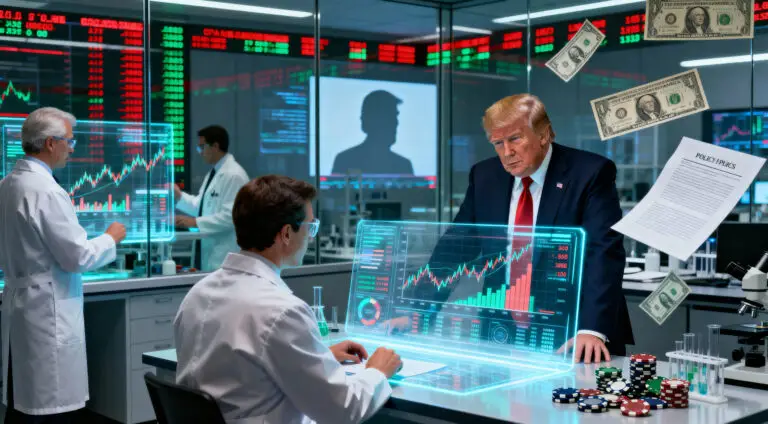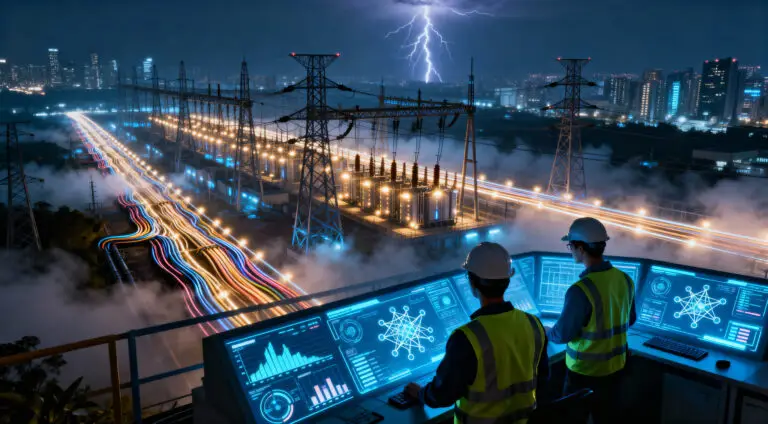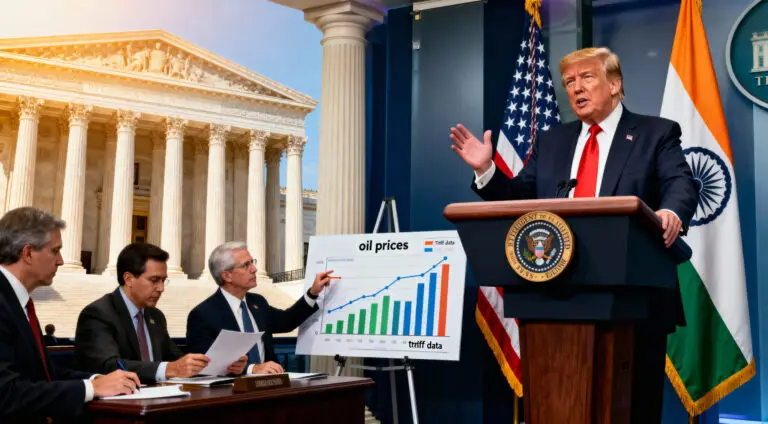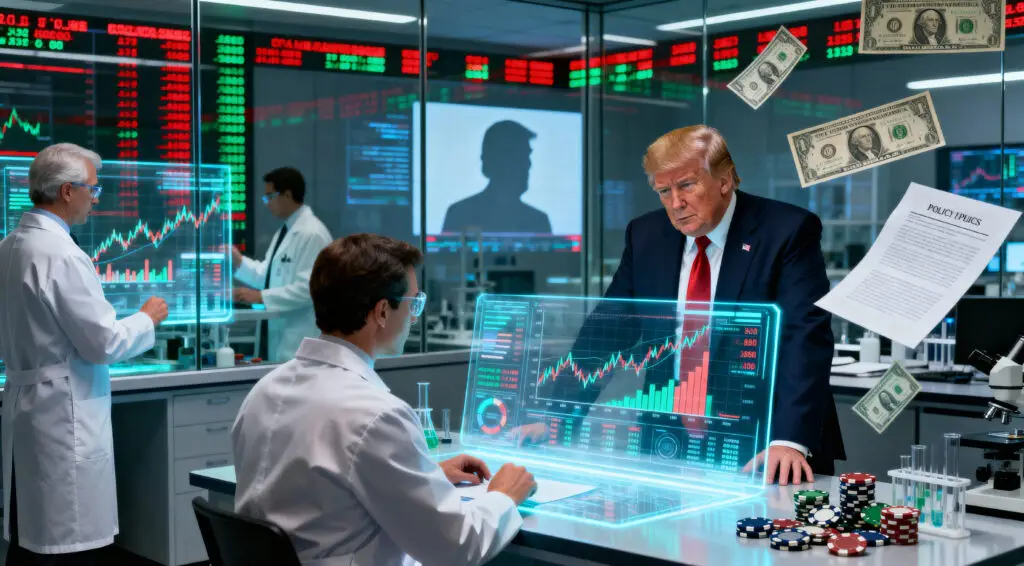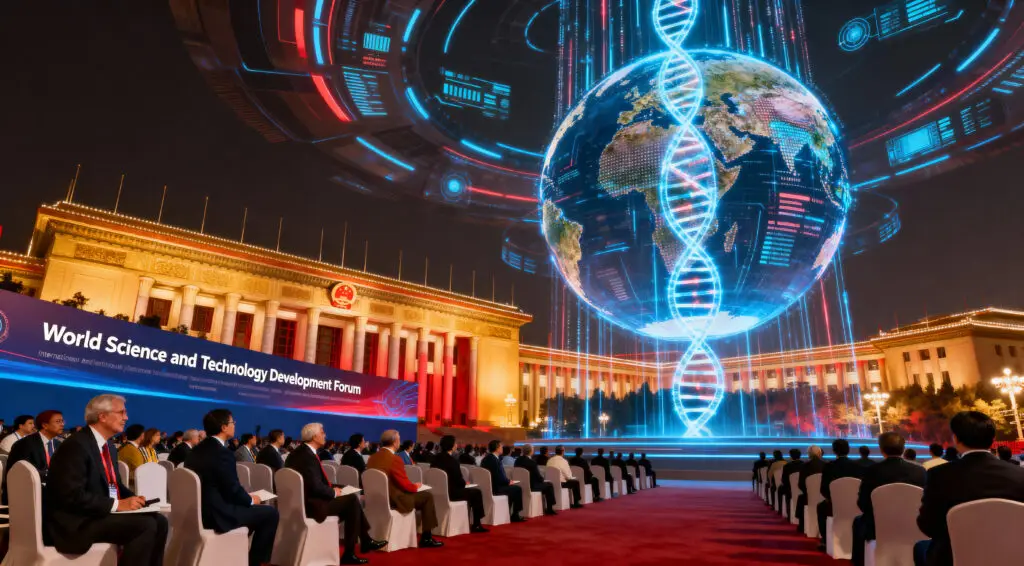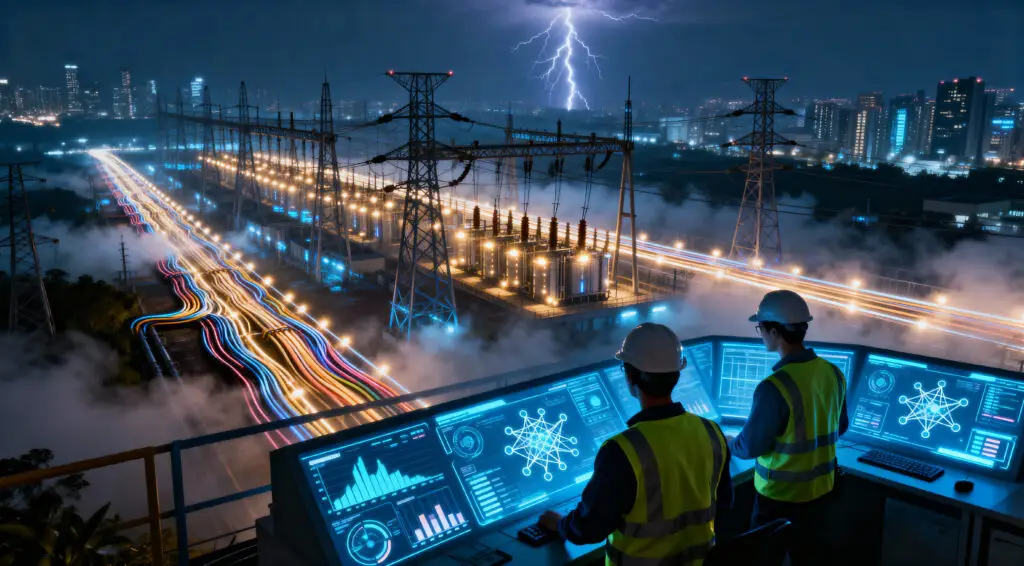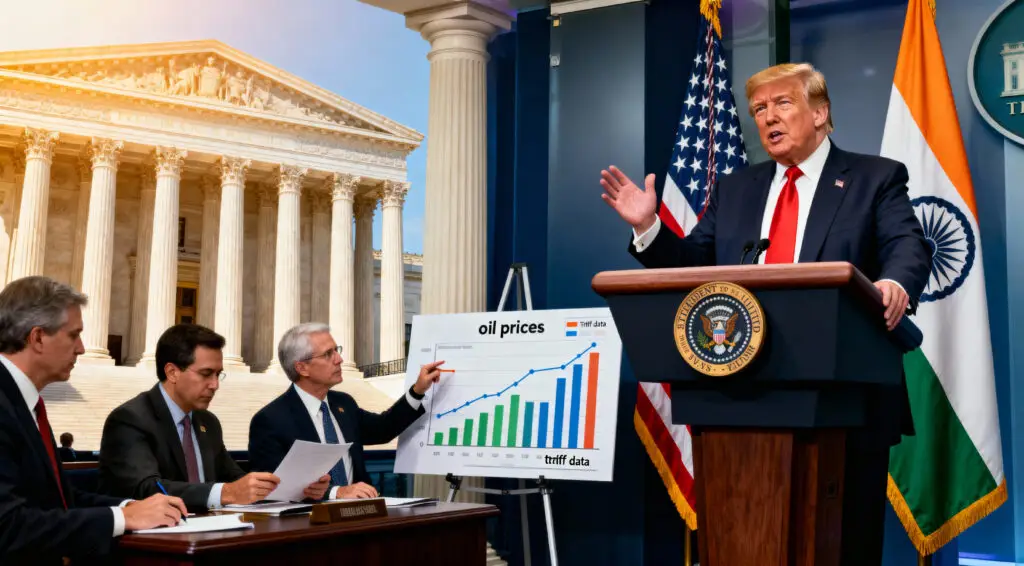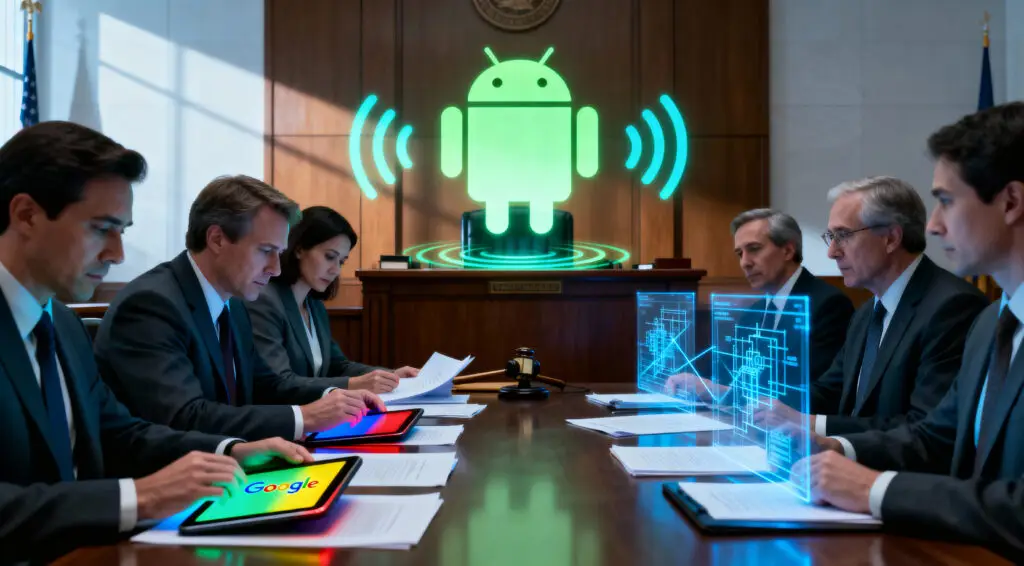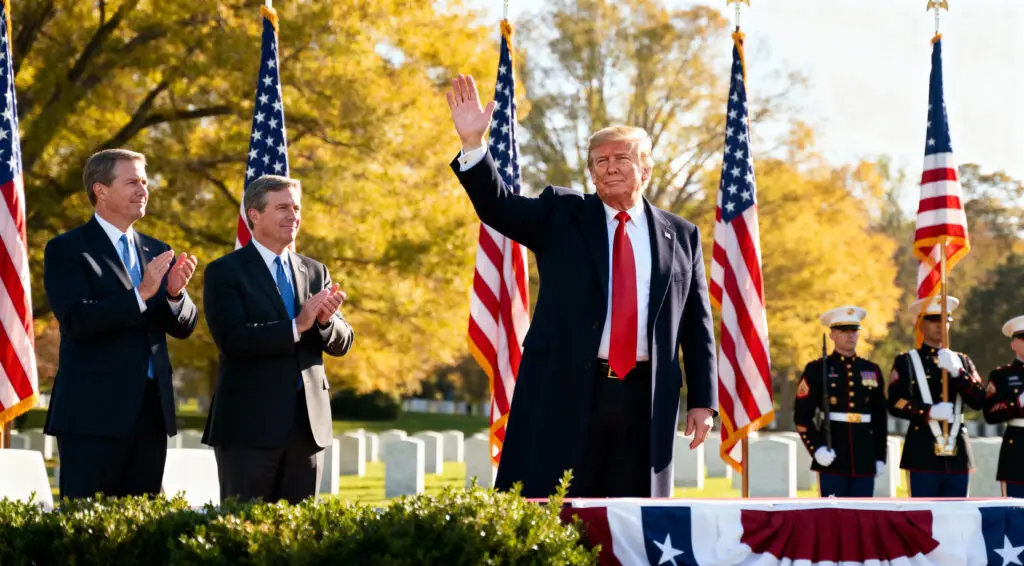For creators like Joy Cardaño, the consistent influx of commissions on a near weekly basis has declined dramatically. The Philippines-based artist noted her anime-inspired work was in high demand, but this rapid decline is due to the burgeoning popularity of artificial intelligence-generated art, which appears to be captivating the online audience who sought out human creators. From art portraying dolls and action figures to AI imitating Studio Ghibli’s beloved style, a recent wave of viral AI image trends has emerged inspiring a new wave of anxiety amongst creators as they feel their craftsmanship and livelihoods are increasingly imperiled.
Commissions Work is Stopped With the Increasing Use of AI Technology
This has personally affected Cardano, 30, who works on the internet as Joyblivion. As a full-time artist, she keeps working post-graduation from college, selling her prints through the INPRINT shop, and accepting commissions that usually pay over a hundred dollars, but now most of her work is dry. In her words, the increasing availability of AI images does not only reduce possible income, but destroys the purpose and work done by professional artists.
“Users of these technologies [AI generators] should have some respect towards artists,” Cardaño commented in an email and went on to summarize the phenomenon as “so unethical.” She articulated annoyance over the disregard for creators’ preferences concerning the incorporation of their work into AI frameworks. “People seem to completely ignore and disregard what the artists are saying. I think whoever uses it or is thinking of using it needs to be educated about the consequences on the art world dual.”
The artists’ community, like many others, is indeed trying to cope with advancements in technology. The unease is further heightened with the release of powerful models such as OpenAI’s GPT-4o, which is capable of text, image, and even audio generation. A striking example is obtained in the ability of ChatGPT users to freely generate images through the model, albeit with accounts bound by the subscription model—$20 a month for full access—OpenAI effectively ensures that thousands can easily interact with advanced image generation systems.
Artists Dissent From the Norm
To address the trending issues, especially the Ghibli-esque images, Cardaño took to Instagram on April 1st and tried to remind people’s attention in regards to artistry. “Studio Ghibli fan art that I drew with my own hands without needing AI,” she wrote along with her post showcasing her work, wishing to motivate people to commission paintings instead of using AI tools.
She is not the only one trying to achieve this goal. Many other artists have opted for the same strategy, creating their own artwork and using it to speak out against AI image generation. A video clip of Studio Ghibli co-founder Hayao Miyazaki lamenting AI art as an “an insult to life itself” has sparked a movement. This collective dissent has evolved with later phenomena, like the action figure starter packs, where artists post their creations to combat the AI versions.
The Threat of Style Mimicry
Creators worry about how AI models have the capabilities to copy unique stylistic designs that an artist has worked very hard to refine over the years. This problem came to light for Hollie Mengert, a 37-year old illustrator based in Los Angeles, in 2022, the same year ChatGPT was released. She received messages notifying her that an AI model had been developed to copy her style, and an image was generated to go along with it.
Mengert’s investigations yielded results that were only partially satisfactory as the AI-generated images did, in fact, resemble her work. However, she claimed that the images lacked a critical factor. She claimed the images to be emotionless and not something she “would actually draw.” It is alreay widely accepted that AI, with all of its advancements, is capable of solving surface level problems without taking into consideration the thought, emotion and intent that a human puts into everything during the process of creation.
Mengert provided a recommendation for those who seem overly reliant on AI prompts: “What if you spent the energy you used in typing prompts into AI trying to create a rough draft for yourself?” she asked. “I recognize that this does not appeal to many people, but I personally find it much more fascinating to observe what people devise on their own, and that’s in most cases, very unique.”
As the discussion reaches a boiling point, some artists are seeking more organized forms of protest. Reportedly, illustrator and cartoonist Sarah Andersen, among others, has begun taking legal steps, indicating that the battle between living artists and AI image generators is increasingly likely to occur in the courtroom as inventors clash over style and income.


